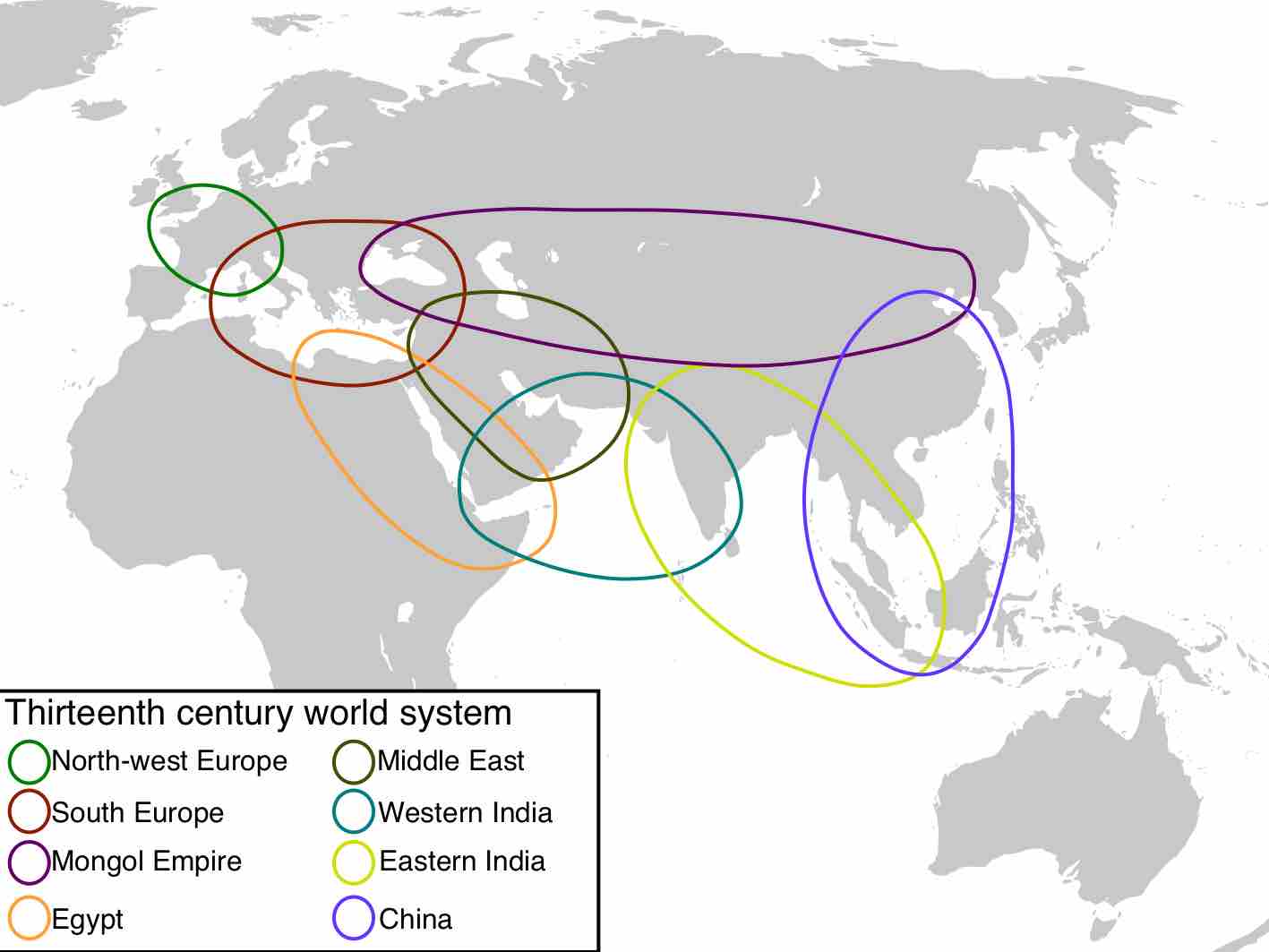The derivation of the term 'globalization' stems from the verb 'to globalize', which embodies the concept of international interdependence and influence between various social and economic systems. There are various interpretations and definitions of this concept, ranging from disciplines such as sociology, philosophy, anthropology, and business. The International Monetary Fund (IMF) highlighted four critical aspects of globalization that effectively define this idea from a business perspective:
- Trade and transactions (imports and exports)
- Capital and investment movements (i.e. Foreign Direct Investment (FDI), etc.)
- Migration and movement of people
- Dissemination of knowledge
Globalization is a natural phenomenon, in both cultures and markets, that allows for synergy through specialization. This empowers domestic economies to gain a larger array of products, services, human capital, investment, and knowledge through leveraging external markets. The evolution of this natural development provides interesting insights as to the value captured through international trade, underlining it's important role in worldwide economic development.
Some economists postulate that the roots of global trade links may be attributed to the Sumerians around 3,000 B.C., as they created routes between themselves and civilizations in the Indus Valley Region (what is now the northwestern region of India). The regions involved in these exchanges potentially spanned from Spain to India, providing a large spectrum of potential specialization based on climate, skills, availability of resources, etc. As a result, the concept of trading goods simpler to produce in that particular region that were of equal value in pursuit of exchange became a practice that derived value.
As cultures such as the Sumerian's realized the advantages of trading, the surrounding regions began a slow transition towards trade with other nations. What minimized globalization historically was the enormous time and capital investment in travel, creating 'trade spheres' around countries/civilizations that demonstrated potential trade proximity. Europe and Asia, due to the enormous cultural diversity and relative ease of travel, played a substantial role in this development throughout the past 5,000 years. represents what a number of specific trade spheres looked like during the 13th century, highlighting the value in proximity to other nations. is slightly more specific and represents the Silk Road, one of History's most distinct examples of trade development.

The Silk Road
The Silk Road stretched across Asia from the Mediterranean Sea to the Pacific Coast of China, making it one of history's strongest examples of international trade development.

Global Trade in the 13th Century
Different regions of trade overlapped; for instance the Mongol Empire's area of influence interacted with Southern European trade interests.
Modern day markets are exponentially more interdependent, as both travel and communication have developed to the point of relative immediacy. The historic trade barriers have largely been broken down, creating an international complexity in regards to market forces. The growing importance of utilizing these international resources and isolating increased potential for exchange has demanded a spotlight on understanding economics, particularly the pros and cons of a world market with far fewer borders.